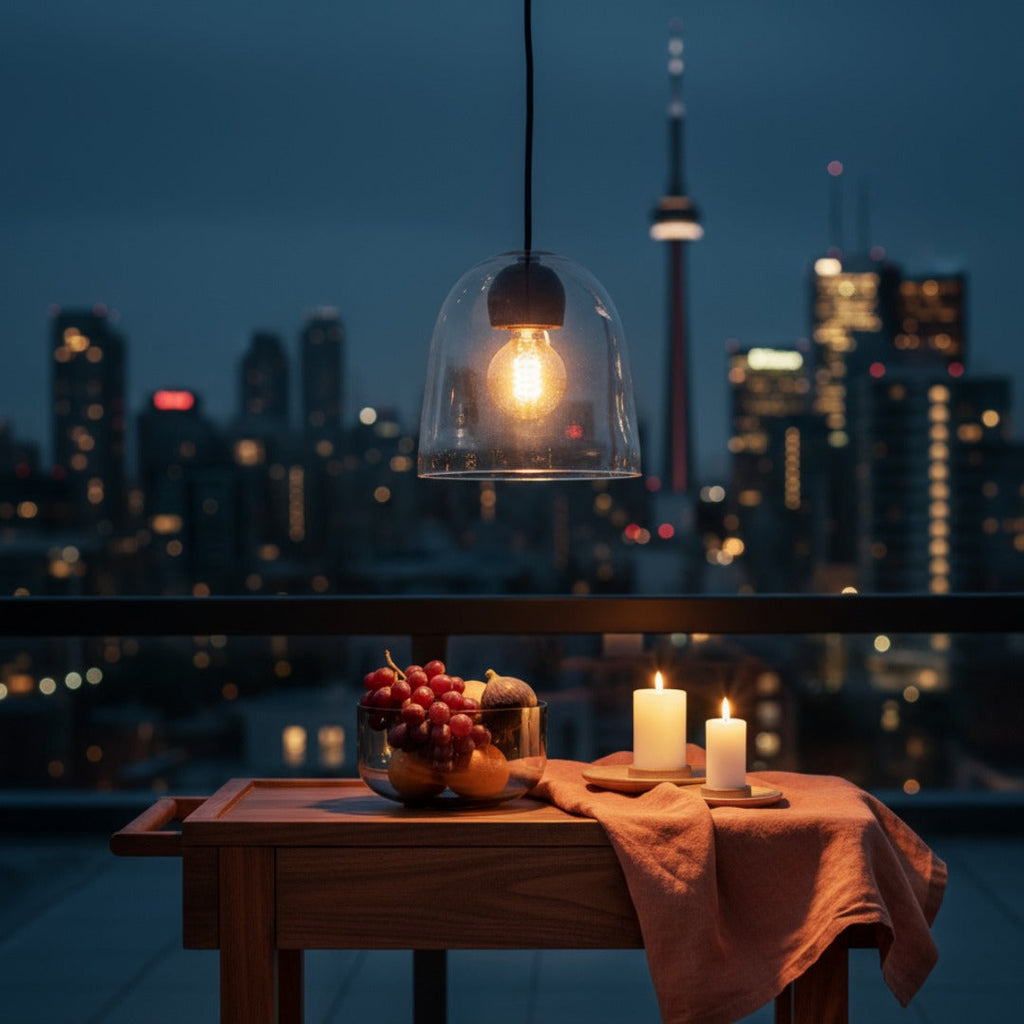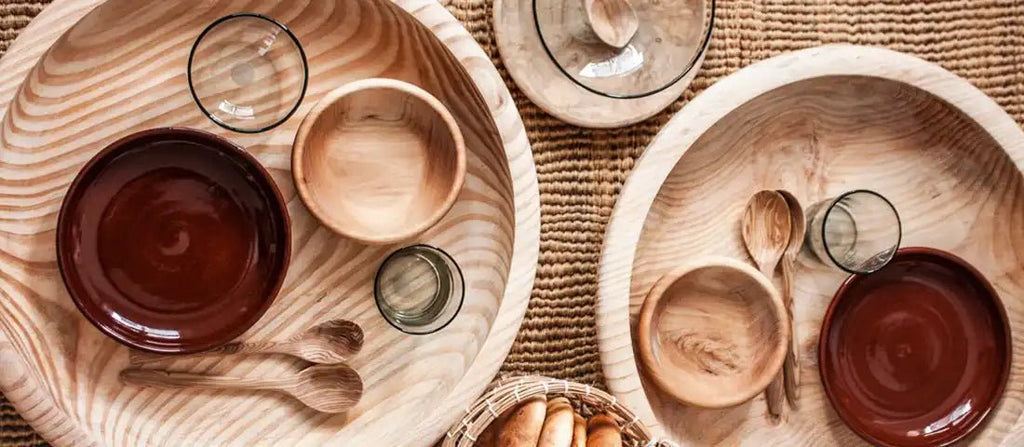
The Art of Tunisian Blown Glass: An Ancient Craft for the Modern Home

Tucked along the sun-kissed Mediterranean coast, Tunisia has quietly nurtured one of the world’s oldest glassblowing traditions. With techniques dating back to Phoenician and Roman times, Tunisian blown glass is a living testament to the artistry, resilience, and ingenuity of its people.
In the heart of Nabeul and the historic medina of Tunis, generations of master artisans have preserved this delicate craft, using nothing but fire, breath, and instinct. Each piece is shaped by hand and by memory, with imperfections that tell stories of heat, pressure, and human touch.
Technique: A Dance Between Fire and Form
Tunisian glassblowing remains almost entirely manual. Recycled glass—often from discarded bottles or windows—is melted in stone furnaces at temperatures exceeding 1,400°C (2,550°F). Once molten, artisans use metal blowpipes to shape the glass into bowls, vases, carafes, or lanterns.
What makes the Tunisian technique unique is its improvisational nature: no molds, no industrial tools. Just gravity, breath control, and subtle spins. This is why no two pieces are ever truly alike, a feature celebrated rather than corrected.
Colors come from natural pigments: cobalt for blue, iron for green, and sand for translucence. The palette, though simple, is luminous and earthy—perfect for a modern, minimalist aesthetic.
The Role of Blown Glass in Tunisian Daily Life
In Tunisia, hand-blown glass isn’t just for display shelves. It’s part of everyday life. You’ll see glass carafes on every café table, filled with mint tea or chilled boukha. Colorful hanging lanterns illuminate homes, their patterns dancing across the walls. Even serving olives or harissa is enhanced by a glass dish made by a local artisan.
This intimate relationship between form and function is what gives Tunisian blown glass its soulful appeal.
Why It Matters Now: Sustainability & Storytelling
In an era of mass production and excessive plastic use, Tunisian blown glass provides something radical: patience, sustainability, and soul. These are objects not just crafted—but remade—using recycled materials and ancient techniques.
When you hold a hand-blown glass bowl from Tunisia, you're holding:
-
A piece of functional art
-
A story passed from artisan to artisan
-
A tangible commitment to circular, eco-conscious design
This is why at Bynumide, we source directly from skilled Tunisian glassblowers, preserving this heritage while adapting it to contemporary living. Our set of three hand-blown serving bowls, for instance, is just as at home on a minimalist Canadian table as they are in a Tunisian Dar, a traditional house or mansion with a central courtyard.
Modern Design Meets Ancient Technique
Bynumide’s glass pieces are designed for real life—durable enough for daily use, yet distinctive enough to anchor a space. Whether you’re serving fruit at brunch or lighting candles at dusk, these bowls bring warmth, craftsmanship, and meaning into your home.
They’re more than serveware. They’re heritage vessels, and ethically made alternatives to disposable design.
A Craft Worth Preserving
Supporting Tunisian blown glass means more than buying a beautiful object. It means preserving a fragile ecosystem of knowledge, culture, and craftsmanship—one that risks being lost in a world of speed and sameness.
At Bynumide, we believe in slowing down, bringing back, and creating a future where design serves both people and the planet.
Explore our Hand-Blown Glass Collection



